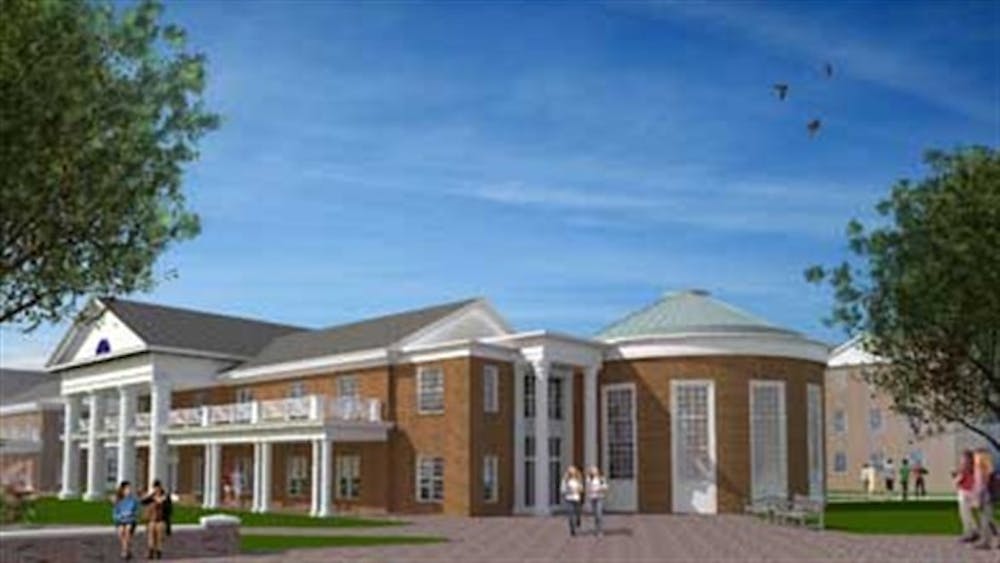The construction of the Multi-faith Center symbolizes Elon University’s mission to develop a community diverse in practice and belief, but student reaction to current diversity initiatives does not promise that completion of the Numen Lumen Pavilion will realize the administration’s goal.
While Jan Fuller, university chaplain, said she believes the younger population is less confined to its own religious point of view, campus organizations do not reflect this ideal. University diversity initiatives tend to serve the minority, rather than address the needs of the majority.
This is the fault of neither the administration nor the facilities themselves, but rather how students react to spaces designated for multiculturalism. Such organizations exhibit a safe-haven for minorities instead of a climate supportive of intercultural relationships and understanding.
In a previous interview with The Pendulum, Smith Jackson acknowledged popular student criticism of Elon’s Multicultural Center, which primarily serves marginalized groups rather than a group representative of diverse backgrounds and cultures. The Multicultural Center’s title is not meant to reflect the functionality of the facility.
A large variety of organizations attract a diverse student body, but divisions remain evident throughout campus.
Even with the creation of the Multi-faith Center, distinct religious spaces will continue to exist. The Hillel House will occupy the building that currently holds the Truitt Center for Religious and Spiritual Life. With the establishment of space designated for specific groups, such as the Holland House for Catholic Campus Ministry and the Hillel House, we fear the Numen Lumen Pavilion will mirror the functionality of those already existing “multicultural” programs.
Nevertheless, the new Multi-faith Center aims to create an environment conducive to the study of religion and culture, according to Fuller.
The architecture and facilities within the Numen Lumen Pavilion intend to communicate that students of all faiths are welcome in the building, Fuller said. Each professional religious leader will have an office in the Multi-faith Center. In addition, the spiritual space will be round, so as not to exemplify a symbol of any one religion, she said.
“We also want people who have no religion to feel welcome in the building, to come and engage in conversation about value systems or ethical decisions from a purely curious point of view,” Fuller said.
Although the Multi-Faith Center and Religious Community Houses Committee designed the Numen Lumen Pavilion in hopes of bringing a variety of faiths under one roof, the building only represents an opportunity for diversity and does not automatically translate to inclusivity of all students.
While the Numen Lumen Pavilion demonstrates how Elon as a university welcomes students of diverse faith traditions, in order to achieve multiculturalism, all those belonging to the university must change how they approach defining diversity.


